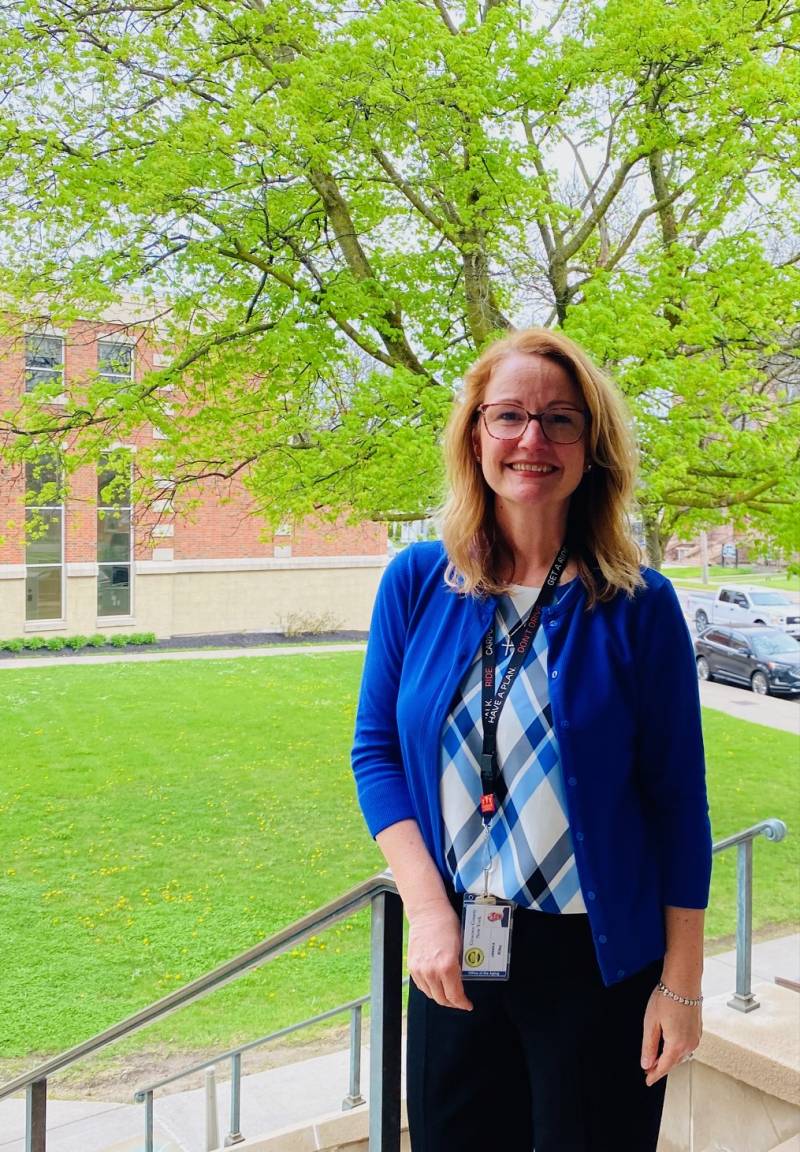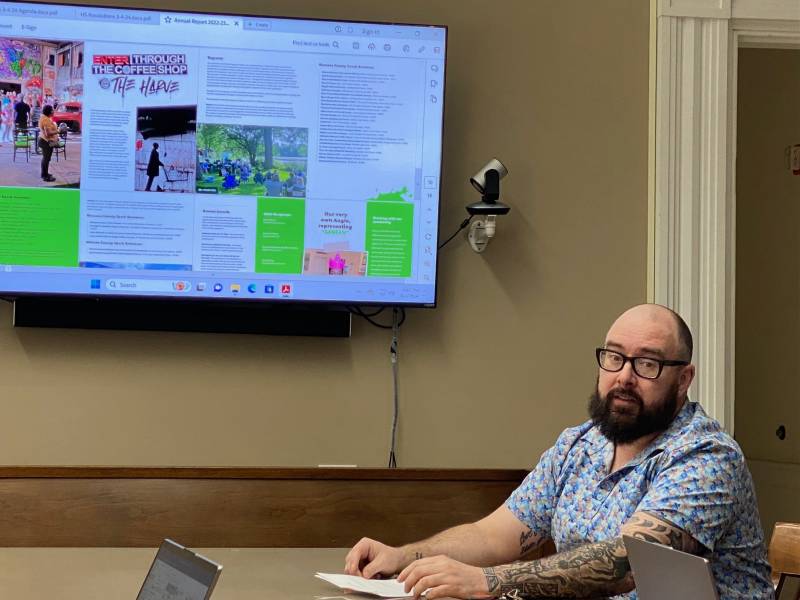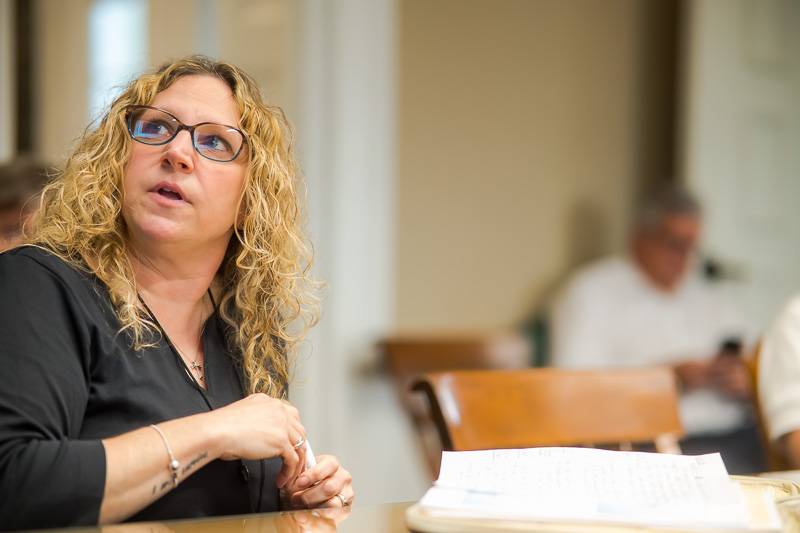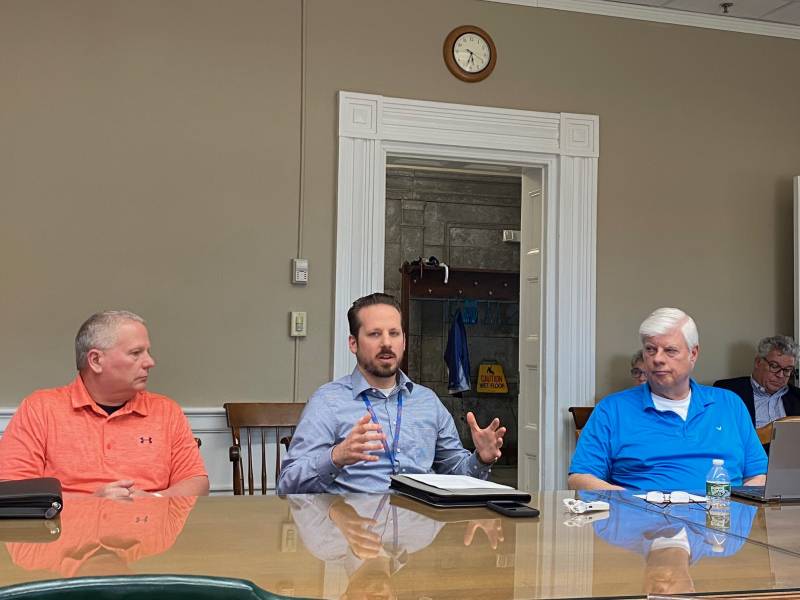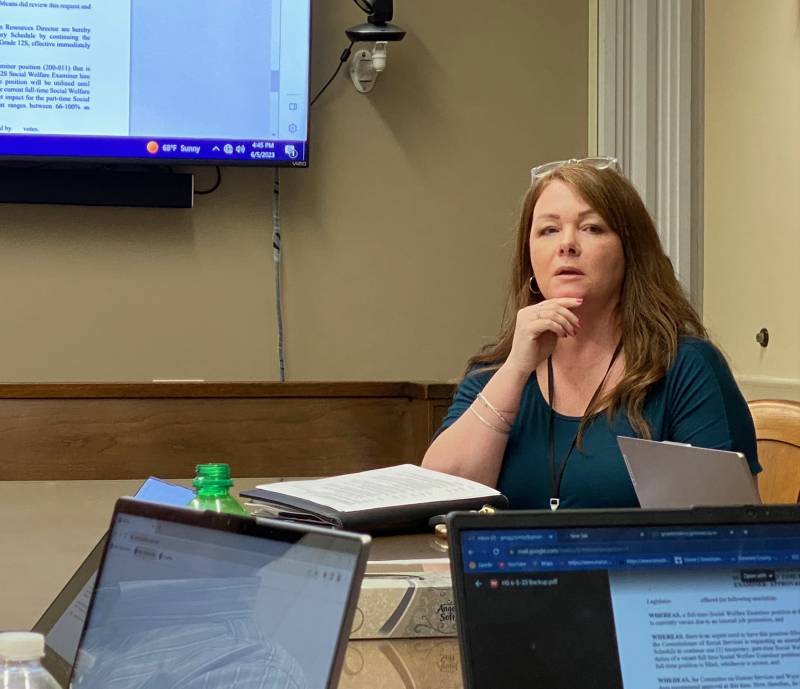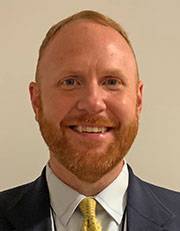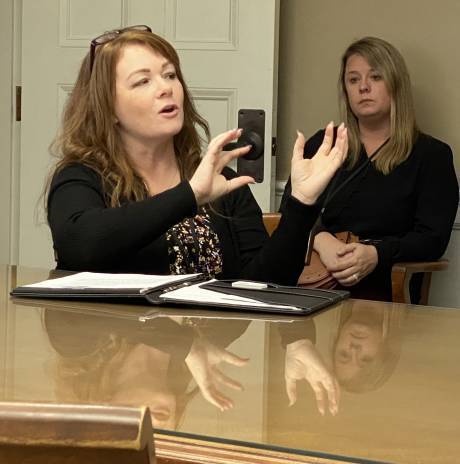Mercy Flight continues to make 'great strides' in rebound from loss, gets nod for county funding

Photo by Howard Owens
For the ninth year in a row, Genesee County management recommended funding of $12,825 Monday toward the operations of Mercy Flight as it has worked to rebound from a tragic accident and loss of a beloved pilot and costly vehicle three years ago.
Director of Medical Operations Michael Gugliuzza reviewed the nonprofit's annual report during this week’s Human Services meeting with Genesee County legislators and County Manager Matt Landers.
“We are still kind of rebuilding from the loss of our two aircrafts. We’ve made great strides,” Gugliuzza said. “We have all our aircraft back in service last year, this year, so that’s been going very well, and things are definitely progressing in the right direction, both from the aircraft perspective and our staffing perspective on the flight and the ground side as well.”
From July 1, 2023 to June 30, 2024, Mercy Flight received 161 requests for helicopter ambulance service from within Genesee County, which was down from 187 the previous year, resulting in 64 transports, which was one less than 65 that prior year, he said.
Of those 161 requests, nine were serviced by the company’s flight crew in a Specialty Care Transport-equipped ground ambulance when bad weather prevented staff’s ability to fly, he said.
Of those requests, 46, or 29% were subsequently canceled as “not needed,” and 40, or 25%, were canceled due to inclement weather conditions. Two times out of those same 161 requests, air ambulance resources were unavailable due to already being on another call.
“So even though the requests were down our transfer, our transports, were still close to the same for last year, and within that, we only had, I believe, two two times that there was a request that we couldn't fulfill because all of our aircraft were out,” he said. “So again, that's been a big advantage for us, since getting all four back in service, gives us a little bit more leeway, and being able to make sure that we can cover as many of these calls as we possibly can.
“One of the things we're working towards right now, our program flies on what they call VFR, meaning you have to have visual flight rules. You have to be able to see everything you're doing and where every place you're going. And there's some type parameters we are approved in our training and shifting towards being able to fly instruments as well,” he said. “So that will actually broaden our ability to take some of these flights when the weather conditions currently don't allow that. There are still parameters, but it's a much bigger window for us to be able to take these flights, to be able to fly instruments in order to do that.”
That training would allow pilots to have IFR, instrument flight rules, most of their pilots are IFR trained, just not through Mercy Flight’s program, he said, “so they have to go through the training anyways.”
Mercy Flight EMS, the ground ambulance service, received 10,883 requests, up from 10,803, resulting in 8,250 instances of patient contact, which was down from 8,269 the previous year, he said.
“There was a lot of demand” for the ground ambulance to assist with special events, and had requests for 40 fire/police standbys throughout the year, he said.
Staff provided First Aid and EMS services to the Live Nation concerts at Darien Lake, WROTB’s harness racing and summer concert series at Batavia Downs, the Wings Over Batavia Air Show, and Batavia Notre Dame High School football games.
Although ground ambulance numbers are included in the report, there is a separate contract with the county. The county and nonprofit struck a deal that runs from Jan. 1, 2024, to Dec. 31, 2026, for $452,460 per year.
Training continues to be an ongoing effort, “working closely with Genesee County Office of Emergency Management Director Tim Yaeger” and the county’s many volunteer fire departments to perform ground crew safety training classes — providing for more than 120 first responders across the county, he said.
“We do ground schools for the fire departments to help ensure the safety and setting up landing zones to ensure that it’s the right size, right spot, right place,” he said. “Communication, so people understand how to operate around the aircraft when it lands. We look to do that every year.”
Other appearances included landing the helicopter at Genesee County Fair, and participating in DWI “Prom Promise”drills at area high schools, including Pavilion, Byron-Bergen, Le Roy, Elba, Oakfield-Alabama and Batavia.
Overall, the company continues to “kind of keep pushing the bar forward in Genesee County,” he said, “to continue to provide the best service possible, both ground and air.”
“Looking forward, the support that we've gained from the county, both in our air and our ground operations, continues to be directly reinvested back into our operation. It goes right back into personnel, payroll, benefits, equipment. We are constantly investing back into our staff and our crews,” he said. “Equipment wise this past year, we made a substantial investment for both flight and ground in all brand new cardiac state-of-the-art cardiac monitors. It was a large investment. We purchased 32 of the new striker life pack, 35 monitors, which offer us great capability to take care of these patients, to be able to do live streaming of events with our doctors so that they can view what's going on. It really raises the bar on the patient care side. We’re very grateful for you standing with us.”
Legislator John Deleo, who works in security at Batavia Downs, said he had an opportunity to see first responders use a LUCAS Device on site, and how it was “really impressive.”
This device does mechanized chest compressions, which frees up staff to perform other medical treatments or gives them a break to avoid fatigue during an emergency call. They cost $19,000 each.
“We’ve got them on about 17 or 18 ambulances, plus all four helicopters. It’s a great tool,” Gugliuzza said, answering Deleo about if they buy them on sale. “I wish.”
Landers recommended the funding, and a vote will go on to the full Legislature May 14.

